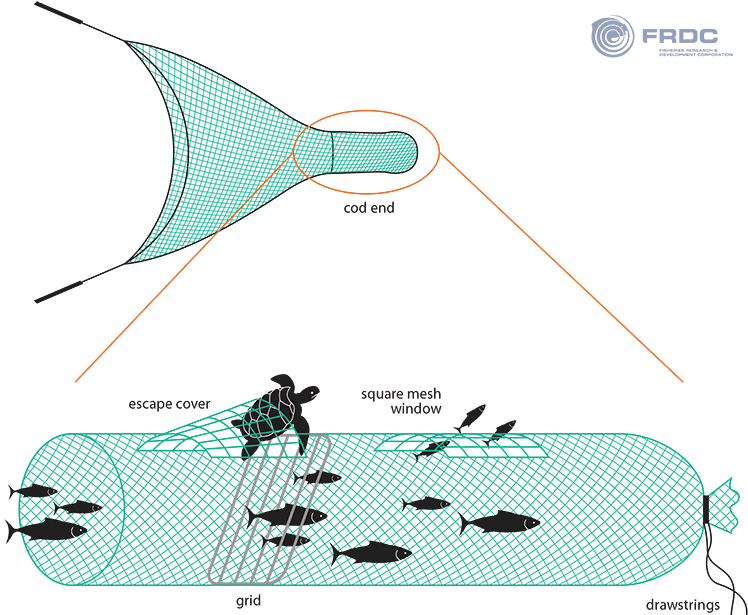 |
http://www.compasscayman.com/observer/2012/08/12/Tracking-hatching-turtles/
|
 |
| http://nsbturtles.org |
Loggerhead sea turtles are an endangered species and it is our job to try and spread the word in order to help save them!
Description, Ecology, Population and Geography:
Loggerhead sea turtles (caretta caretta) eat small marine animals such as mollusks, fish and crustaceans. Adult loggerhead sea turtles, on average, grow to be about 200 lbs and 3 feet long. They have a very wide range and can be found as far as hundreds of miles out to sea or as close as a nearby bay. They tend to prefer temperate and tropical areas in the Atlantic, Pacific and Indian Ocean. The two most populated nesting areas, with over 10,000 nesting females each year, occur in southern Florida and Masirah, Oman. Nesting occurs between April and September and a female sea turtle may nest up to 7 times in one nesting season. Most nesting occurs in the western rim of the Atlantic and Indian Oceans. In the US they nest in areas ranging from Virginia all the way to Texas. In the US the total amount of nests each year has shifted between 47,000 and 90,000 for the past two decades.
 |
| http://www.enchantedlearning.com/subjects/turtle/Seaturtlecoloring.shtml |
 |
| http://marinebio.org/species.asp?id=163 |
 |
| http://seaturtleexploration.com/wp-content/uploads/2014/05/Life-Cycle-Of-A-Sea-Turtle-from-kingfisherbayresort.blogspot.com.jpg |
http://ecos.fws.gov/speciesProfile/profile/speciesProfile.action?spcode=C00U
So WHY are they endangered...
As of July 28, 1978 loggerhead sea turtles have been considered an endangered species. On September 22, 2011 their classification was broken up into nine district population segments with four of them considered as threatened and five of them considered to be endangered. The endangered areas are The Northeast Atlantic Ocean, the Mediterannean Sea, North Pacific Ocean, South Pacific Ocean and North Indian Ocean. These areas are prone to the threats that currently pose problems for sea turtles including "bottom trawl, pelagic longline, demersal large mesh gill net fisheries, legal and illegal harvest, vessel strikes, beach armoring, beach erosion, marine debris ingestion, oil pollution, light pollution and predation by native and exotic species."
Some action that has been taken to reduce these problems are the implementation of TEDs (turtle exclude devices and lighting ordinances to reduce hatchlings from becoming disoriented and allowing them to make it safely from the nest to the water.
Turtle Excluder Device
 |
| http://fish.gov.au/fishing_methods/Pages/bycatch_reduction_devices.aspx |
Recovery Plan
The recovery plan for the loggerhead sea turtles, established in 1998 and revised in 2008, focuses on five recovery units. Each recovery unit encompasses a specific area of nesting grounds for the Northwest Atlantic loggerhead population. There is evidence that shows there is a long term decline in nesting in these areas. For example, in the Northern Gulf of Mexico Recovery Unit there is a declining trend of nesting by 4.7% annually. The goal of the recovery plan is to implement strategies and foster cooperation amongst national and international organizations to reduce and ultimately eliminate the major threats that are facing sea turtles. Some of these strategies include monitoring trends on nesting beaches and minimizing bycatch by using TEDs.
What can you do?
5 Ways to Protect Sea Turtles
"Loggerhead Sea Turtle (Caretta Caretta)." Environmental Conservation Online System. US Fish and Wildlife Service, n.d. Web. <http%3A%2F%2Fecos.fws.gov%2FspeciesProfile%2Fprofile%2FspeciesProfile.action%3Fspcode%3DC00U>.
"Loggerhead Sea Turtle (Caretta Caretta)." Listing Status and Biological Information of Loggerhead Sea Turtles. N.p., n.d. Web. 06 June 2015. <http://www.fws.gov/northflorida/seaturtles/turtle%20factsheets/loggerhead-sea-turtle.htm>.
Loggerhead Sea Turtle. Hartford: Connecticut Dept. of Environmental Protection, Wildlife Division, 1993. Web.


No comments:
Post a Comment